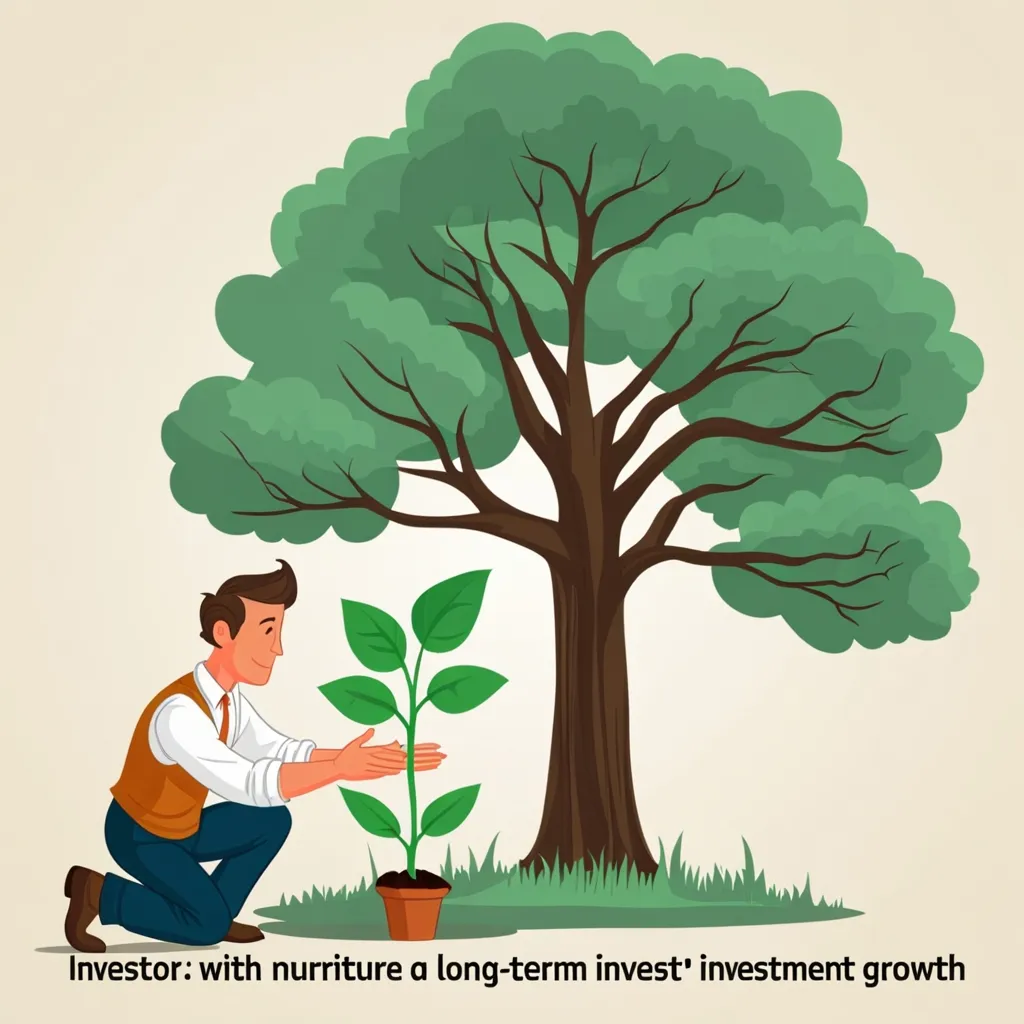In the world of finance, few strategies are as intriguing and potentially rewarding as investing in distressed assets. This realm, often shrouded in uncertainty, presents a unique opportunity for value investors to uncover hidden gems amidst the chaos. As someone who has delved into the complexities of distressed investing, I can attest that it requires a keen eye, a robust analytical framework, and a healthy dose of patience.
The Art of Balance Sheet Analysis
When a company is in distress, its balance sheet can tell a tale of both woe and potential. The key is to look beyond the surface-level numbers and delve into the intrinsic value of the assets. This involves a meticulous examination of the company’s financial health, focusing on the distinction between its liquidation value and its going-concern value. Liquidation value represents what the assets would fetch if the company were to be dismantled and sold off piecemeal, while going-concern value reflects the company’s worth if it continues to operate.
For instance, a company might be struggling to meet its debt obligations, but its balance sheet could reveal undervalued real estate, intellectual property, or other tangible assets that hold significant long-term value. Identifying these assets and assessing their true worth can provide a solid foundation for a value investment strategy.
The Debt Puzzle: Conversions and Restructurings
Debt is often the culprit behind a company’s financial distress, but it can also be a catalyst for value creation. Evaluating the debt structure of a distressed company is crucial, as it can reveal opportunities for debt-to-equity conversions or restructuring. These conversions can significantly alter the company’s capital structure, potentially leading to a more sustainable financial footing.
Imagine a scenario where a company is burdened by high-interest debt that it cannot service. By negotiating with creditors to convert this debt into equity, the company can alleviate its immediate financial pressures and create a pathway for recovery. This strategy not only reduces the company’s debt burden but also aligns the interests of creditors with those of shareholders, fostering a collaborative environment for turnaround efforts.
Assessing Turnaround Plans and Industry Dynamics
No investment in distressed assets is complete without a thorough assessment of the company’s turnaround plans and the broader industry dynamics. This involves evaluating the management team’s strategy for recovery, including any operational changes, cost-cutting measures, and strategic initiatives aimed at restoring profitability.
Industry dynamics play a critical role here. Understanding the competitive landscape, market trends, and regulatory environment can help investors gauge the company’s potential for long-term success. For example, a company in the renewable energy sector might be facing short-term financial difficulties due to high operational costs, but if the industry is poised for growth driven by government policies and consumer demand, the long-term prospects could be promising.
Identifying Catalysts for Value Realization
Catalysts are the sparks that can ignite the value realization process in distressed assets. These can range from specific events like mergers and acquisitions, divestitures, or recapitalizations, to broader market shifts. Identifying these catalysts is essential for timing investments effectively.
Consider a company that is undergoing a restructuring process. The announcement of a new CEO with a proven track record in turnarounds could be a significant catalyst, signaling to investors that the company is serious about its recovery plans. Similarly, changes in government regulations or shifts in consumer behavior can create new opportunities for distressed companies to regain their footing.
Mitigating Risks
Distressed investing is not for the faint of heart; it comes with a set of unique risks that must be carefully managed. One of the primary risks is the potential for complete loss of investment if the company fails to recover. To mitigate this, investors need to conduct thorough due diligence, focusing on the company’s underlying assets, its management’s credibility, and the feasibility of its turnaround plan.
Diversification is another key strategy. By spreading investments across a portfolio of distressed assets, investors can reduce their exposure to any single company’s failure. This approach also allows for the potential to benefit from the successes of other investments within the portfolio.
Case Studies of Success
While distressed investing is inherently risky, there are numerous case studies that illustrate its potential for high rewards. One notable example is the turnaround of Chrysler in the early 2000s. When the automaker faced financial distress, investors saw an opportunity to purchase its debt at a significant discount. Through a series of restructuring efforts, including a debt-to-equity conversion and operational reforms, Chrysler was able to regain its financial health and eventually return to profitability.
Another example is the investment in General Growth Properties, a real estate investment trust that filed for bankruptcy in 2009. Investors who purchased its distressed debt were able to participate in the company’s restructuring and ultimately benefited from its successful turnaround, realizing substantial returns on their investment.
Building a Diversified Portfolio
Building a diversified portfolio of distressed assets involves more than just spreading investments across different companies; it also requires a mix of different types of investments. This could include a combination of debt and equity positions, as well as investments in various sectors and geographies.
For instance, an investor might allocate a portion of their portfolio to distressed real estate, another to corporate debt, and yet another to equity positions in companies undergoing restructuring. This diversified approach helps to mitigate risk and increases the potential for overall portfolio performance.
In conclusion, investing in distressed assets is a complex and nuanced strategy that requires a blend of analytical rigor, market insight, and strategic thinking. By focusing on balance sheet analysis, debt restructuring, turnaround plans, and catalysts for value realization, value investors can uncover hidden opportunities in the midst of financial chaos. While the risks are real, the potential rewards make this a compelling area for those willing to take on the challenge. As you venture into this realm, remember that each distressed asset tells a unique story, and the art of value investing lies in deciphering these stories to uncover the gems that lie within.






